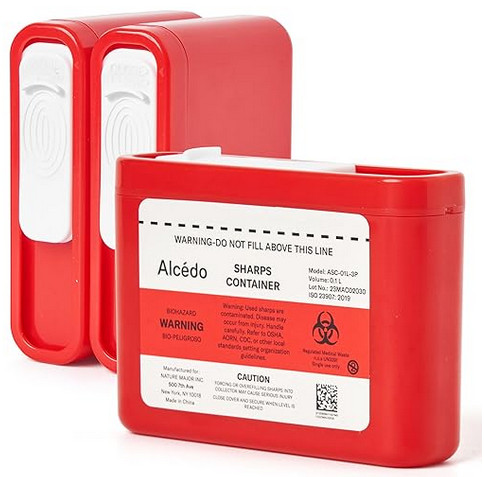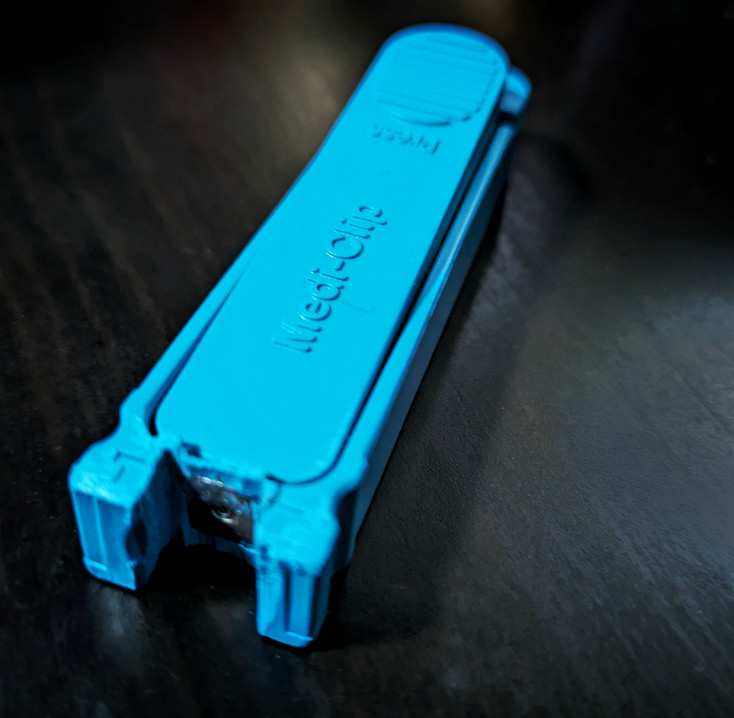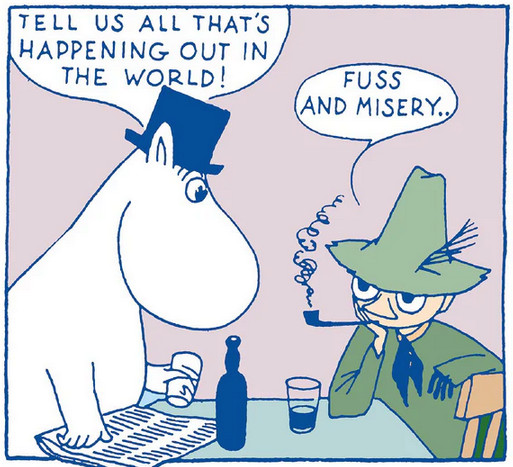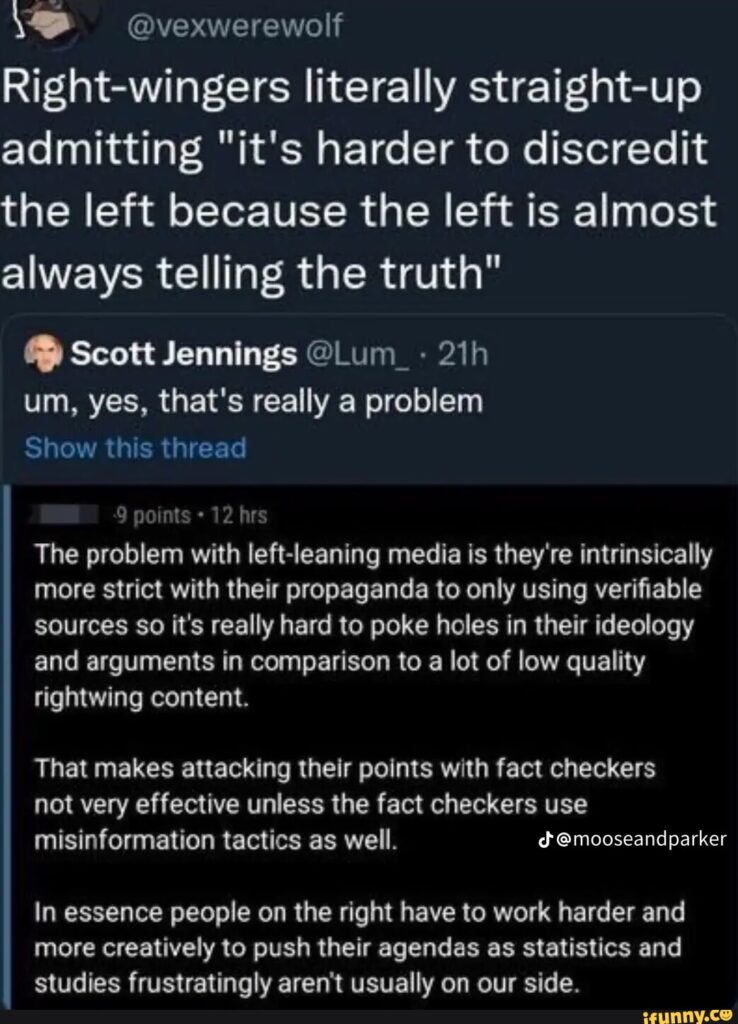There was a water main break Friday morning and we were under a 48-hour precautionary boil water advisory. They said it was safe for bathing but it’s hard not to feel at least a little bit possibly icky. This has been the second break in about 2-3 months, though the previous one didn’t come with the advisory.
I found and ordered an inexpensive set of the Moomin books. But while I wait for shipping from the UK, I still needed something else to read.
For reasons one might guess, I put a book on my wishlist two or three few years ago titled The Star Thief (by Jamie Grey; there are others with that title). My sister-in-law gave me it for Christmas. Unfortunately, it’s really not very good. Not-quite-cyberpunk in a generic SF setting with a few gizmos borrowed from well-known properties and at least one very stereotypical Star Wars moment. The protagonist is a “smart”-sexy-athletic woman — but she never does anything actually smart, she’s just good at hacking as well as fighting, running, hiding, and seduction… except she is absolutely unsubtle about the latter because (according to her) men are all dumb and horny, even though the first three guys she tries this with are completely unfazed by her attempt. She meets an ex who she thought was dead but actually betrayed her crew, he’s a musclebound asshole with anger issues and resents her, and of course she’s attracted to him. You just know at some point he’s going to forcefully grab her to be intimidating but instead they’ll kiss and ugh barf. So I’m kind of reading it now out of spite, I guess?
StoryGraph’s to-read list is pretty short. Here’s what I have on deck:
- Tove Jansson: the 8 Moomin books
- Emma Torzs: Ink, Blood, Sister, Scribe (novel)
- Diane Wolkstein & Samuel Noah Kramer: Inanna: Queen of Heaven and Earth
- Imogen Binnie: Nevada (novel)
- Ariana Serpentine: Sacred Gender (I’m not expecting too much but we’ll see)
- Jessi Kneeland: Body Neutral (also not expecting too much)
- Valerie Estelle Frankel & Dean Leetal: The Trans & Non-Binary Hero’s Journey
I’m not planning to add Sumerian stuff to my religious practices, but I’m curious, and I’m told there’s interesting myths/ideas about gender in Inanna’s priesthood. (Given the thing about hijra I just learned, I’m going to take any claims with a grain of salt; it’s not like we can just ask some Sumerians to verify.) Also a previous reader of this copy must have thought the book needed at least one supplemental illustration:
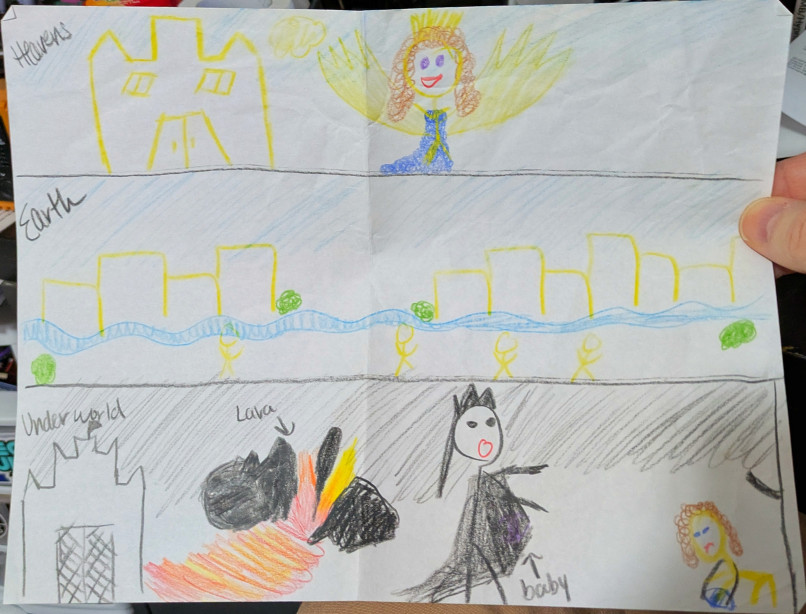
We now have plans and reservations for a road trip to visit my brother and his wife this summer. Once again renting a car and bringing my parents. Each way, it’s two 10-hour days of driving in a row (plus breaks and unexpected traffic), but with three drivers that’s not too bad. We haven’t seen them since… probably Christmas 2022? And they have a new house and plenty of space.
Aside from that one track, I haven’t been making music that much. Some more testing of Elmyra led to recording a drone that I might incorporate into something though.
Having finished out my elementalist’s planned build, I started yet another new GW2 character. A warrior this time, super straightforward to play. But I kind of don’t like how little ranged potential they have. Axes are their highest-damage melee weapon, but they have no good movement skill and one weak short-range throw (compared to axes for necromancers or thieves which are 100% short-range skills) and warriors don’t run particularly fast either. Also one of the axe skills has a really goofy animation. So I might not bother to stick with it. I might instead go back to my dual-mace Soulbeast and finally go through the Cantha story.
Since the snow and ice have melted and been rinsed away by gentle rain, and the temperature is climbing from the mid 40s to low 60s, I’m gonna go walk around Mallard Lake this morning. The only question is whether I’ll listen to Heilung’s Futha or my own Tin Birds, both of which I find pretty good walking music. Probably the latter since I have put on that Heilung album a few times over the last few days, partly for the overall themes of protection and healing, and partly this specific line:
Fjón þvæ ég af mér fjanda minna rán og reiði ríkra manna
(I wash off my enemies’ hatred, and the greed and anger of powerful men)
That’s from the Galdrabók, from around 1600 making it possibly the least old historical source Heilung has used. But still, very much relevant 425 years later.



